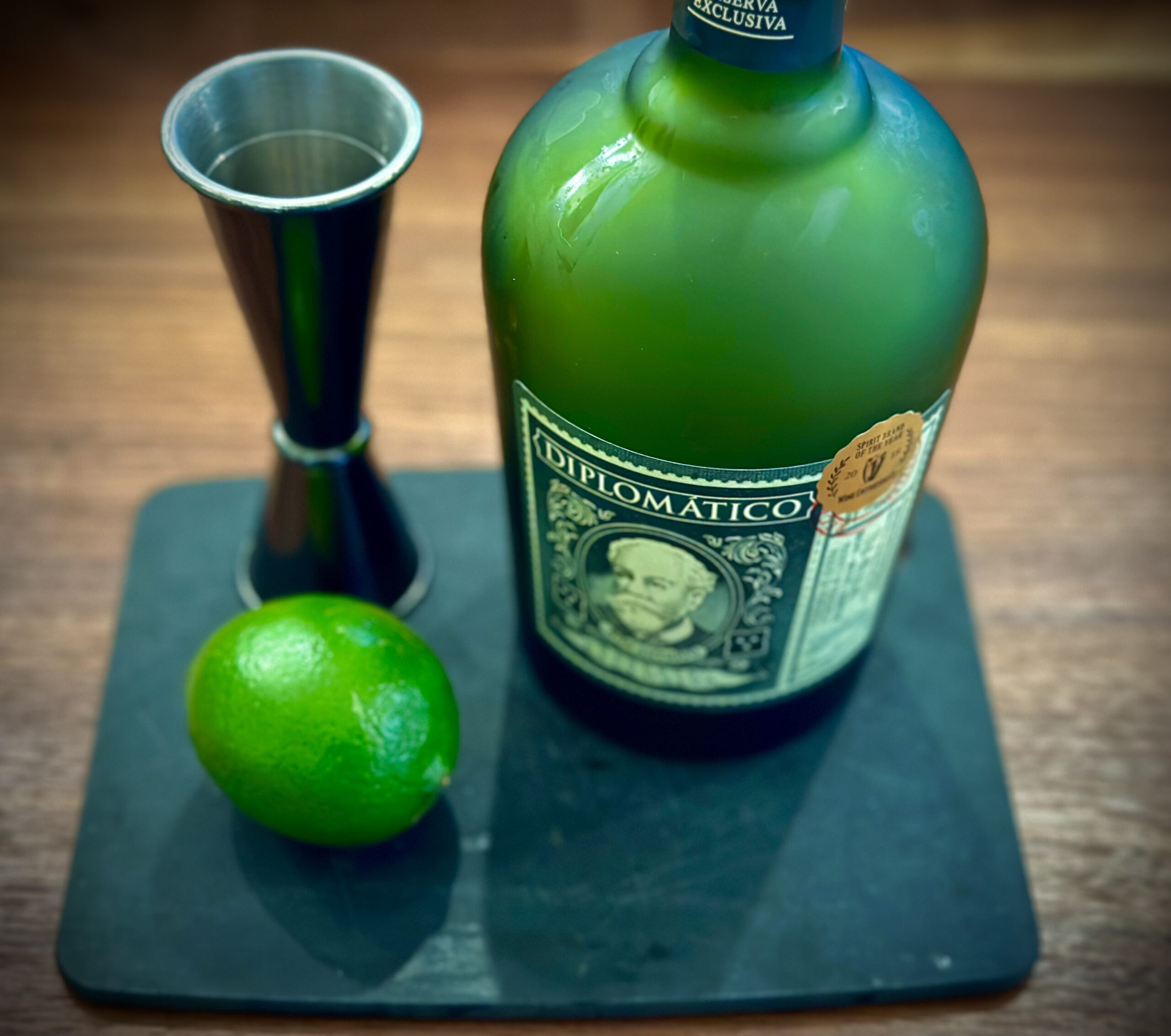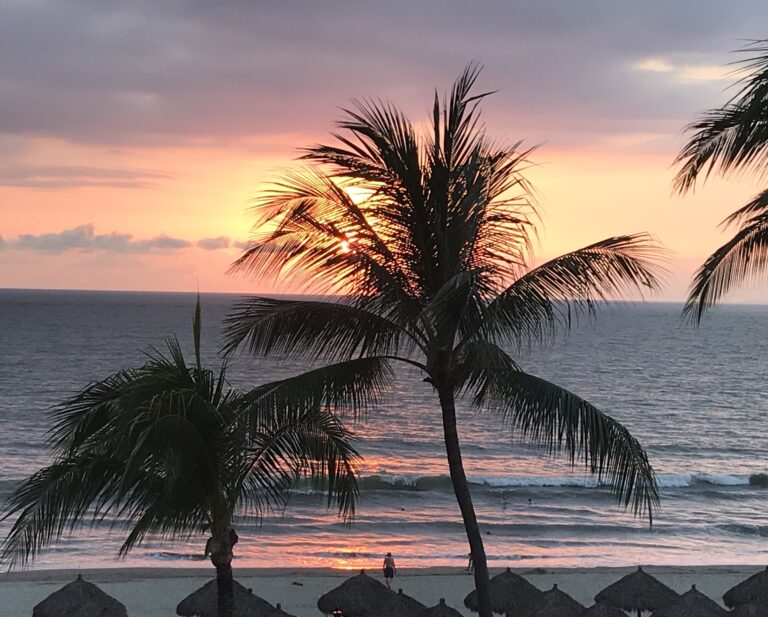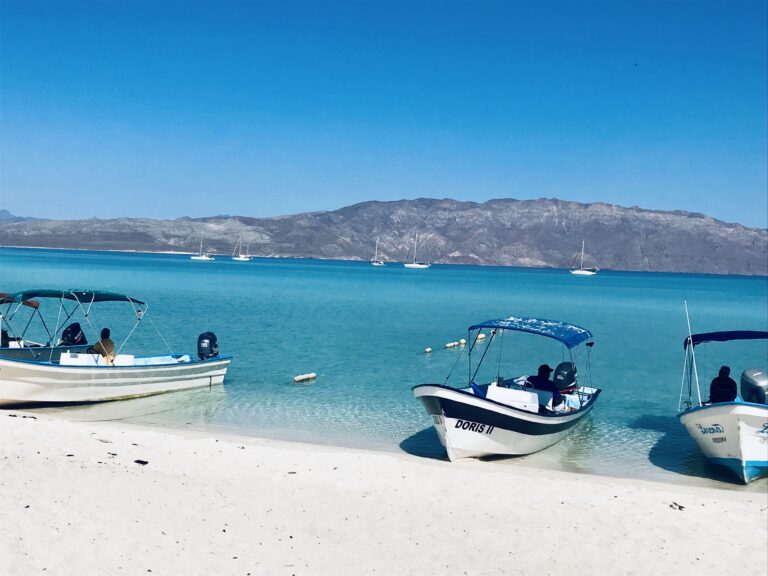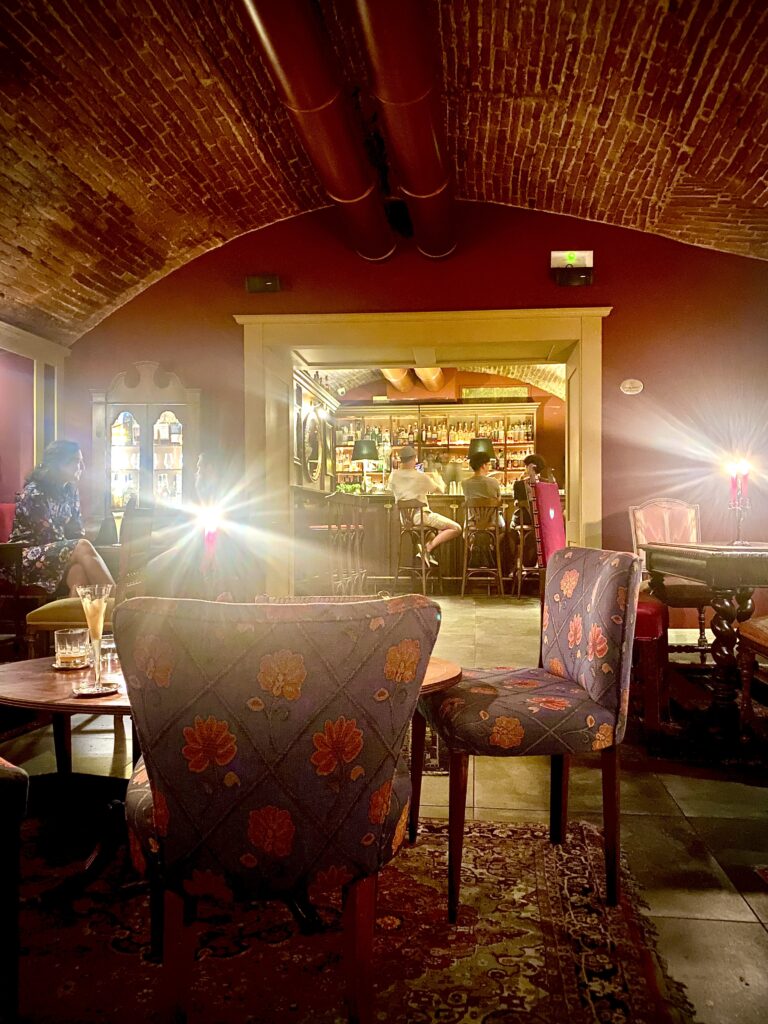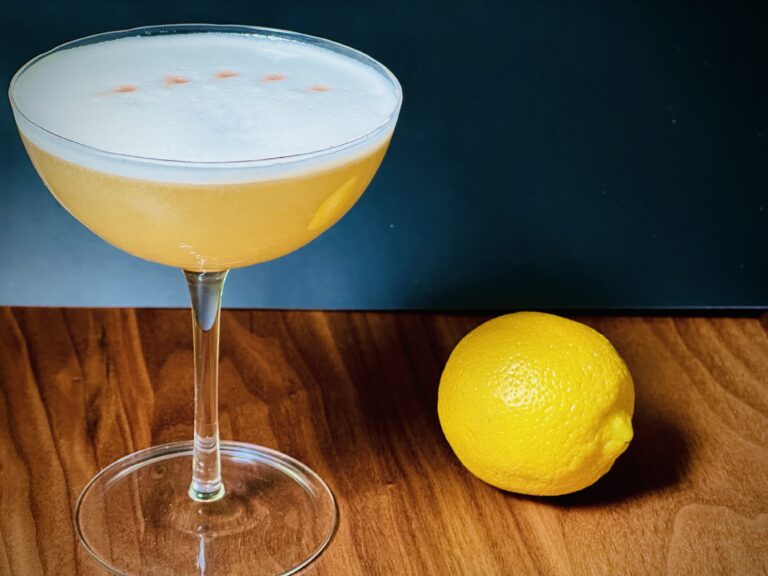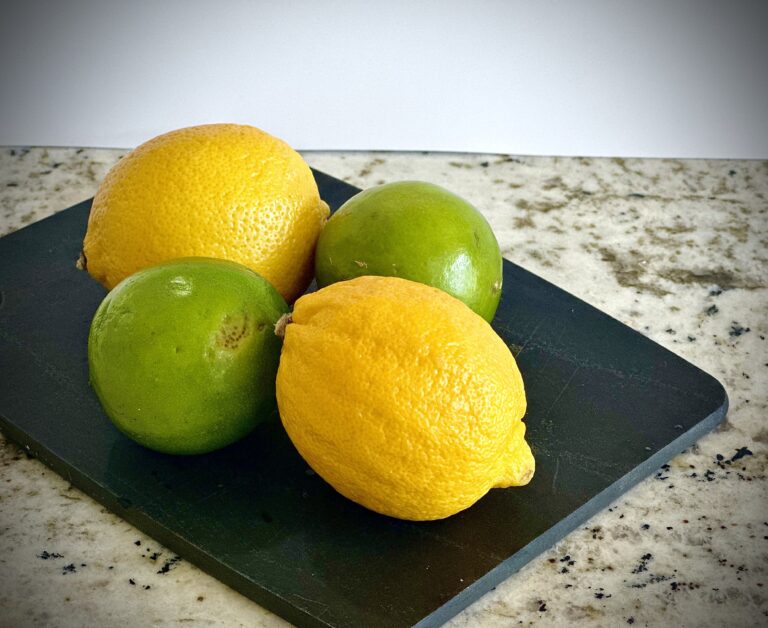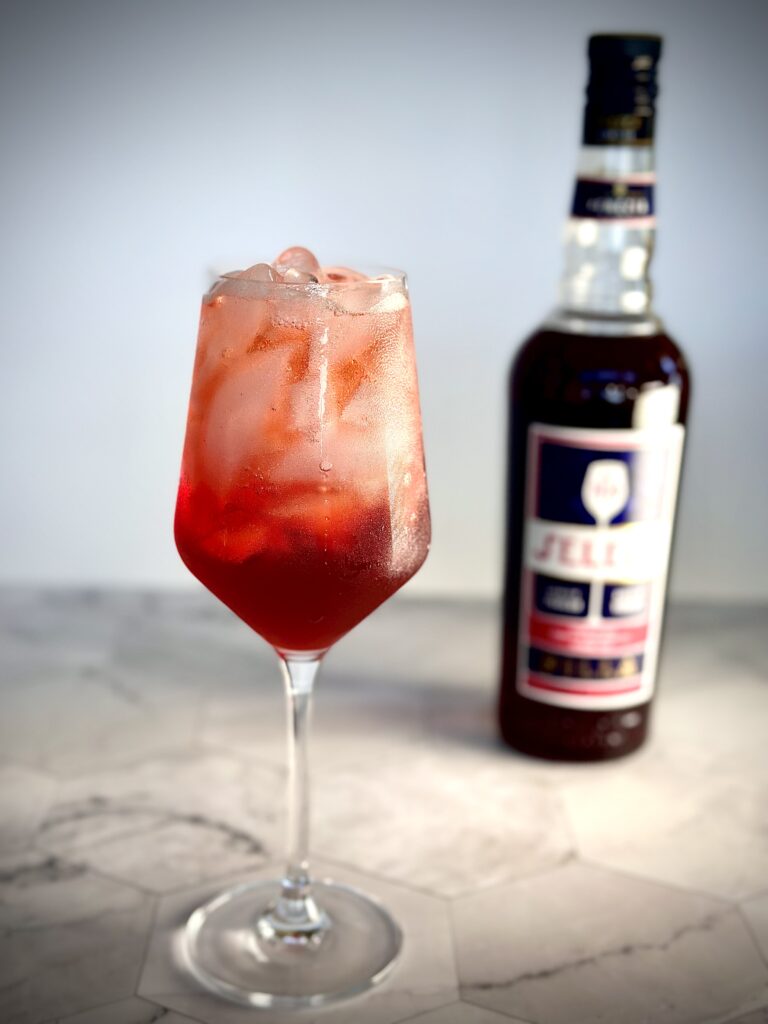Cuban Rum
As we travel the world to experience new locales and learn about other cultures, one of the things that has always piqued our interest are drinks and cuisines that are unique to a particular area. Although we have not yet traveled to Cuba, we became acquainted with Havana Club Siete Años rum down in Mexico several trips ago. The United States does not allow Cuban alcohol to be brought into the US legally due to the decades-long embargo. We had no idea Havana Club existed, and didn’t realize what we’ve been missing. One hot day by the pool we were interested in trying something new and a friendly bartender suggested a caipirinha, which he made with Havana Club Siete Años. We were hooked from the first sip! So refreshing and fun, and we tried several just to make sure it wasn’t a one-off. When ordering, I repeatedly managed my typical ‘close but not quite’ pronunciation of the drink and was kindly educated by an overly-enunciating bartender that it is pronounced Ky-pee-REEN-ya.
We were curious about this cocktail so did our due diligence in researching it. We determined that we were not actually drinking a caipirinha, but rather a cancha (more on this later). And, to complicate matters, we learned that a caipirinha is not a Cuban cocktail but rather Brazilian, and is made with cachaça which is unique to Brazil. Both spirits are made from sugarcane, but they are processed differently. Rum is made from sugarcane molasses or sugarcane juice that is fermented and then distilled. Cachaça is made with fresh-pressed juice from sugarcane, called garapa, which gives the spirit a different flavor profile. Rum typically has a higher alcohol content than cachaça. They can be consumed in their white version, but more typically are aged in wooden barrels to provide more nuanced flavor profiles. Havana Club Siete Años, for example, is aged seven years.
So…a caipirinha is made with cachaça, a cancha is like a caipirinha but with added sparkling water, and what we had in Mexico is made with rum, not cachaça. All of this is to say—caipirinhas and canchas are incredibly refreshing with either spirit and in any locale, so use whichever one you prefer. (Here are our recipes for these). We decided that we wanted to make them ourselves while on vacation, so we had an excursion to the nearest Chedraui. We were able to get fresh-squeezed lime juice, made the simple syrup ourselves and had no problem finding Cuban rum in Mexico. Everything always seems to taste better with fresh ingredients, so we recommend juicing your own limes and making your own simple syrup at home (recipe here). As we are unable to get Cuban rum in the US, we have found that Diplomatico, from Venezuela, is a fabulous substitute.
Last note—our son went to Cuba for a short study abroad recently and informed us that many Cubans believe Santiago’s is better than Havana Club, so our next trip to Mexico will include a hunt for this. It’s all in the name of education and research, right?

